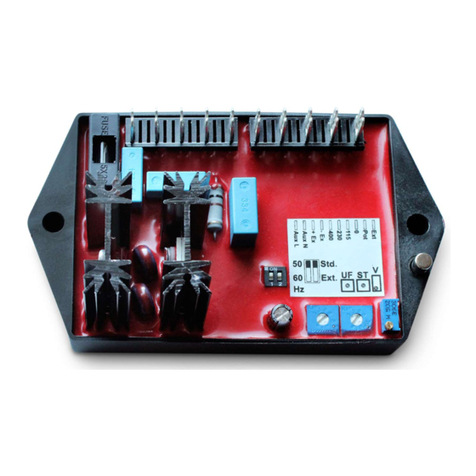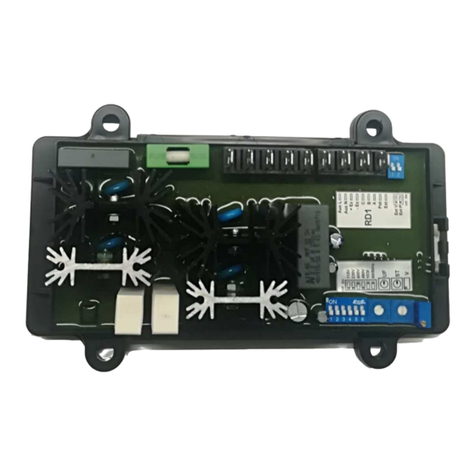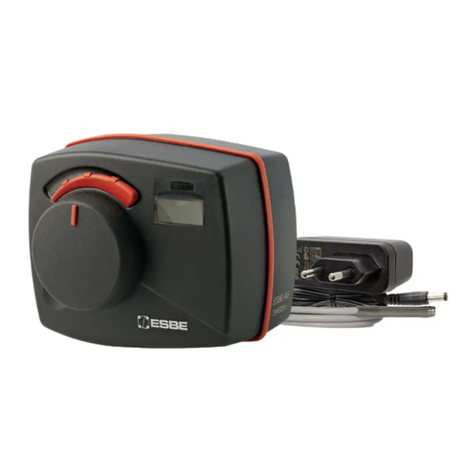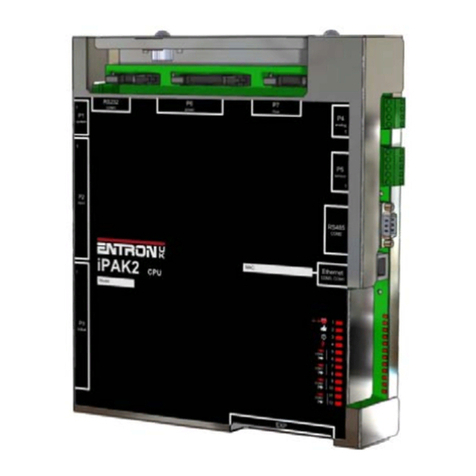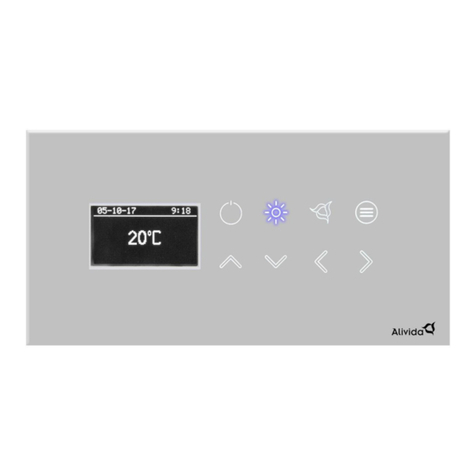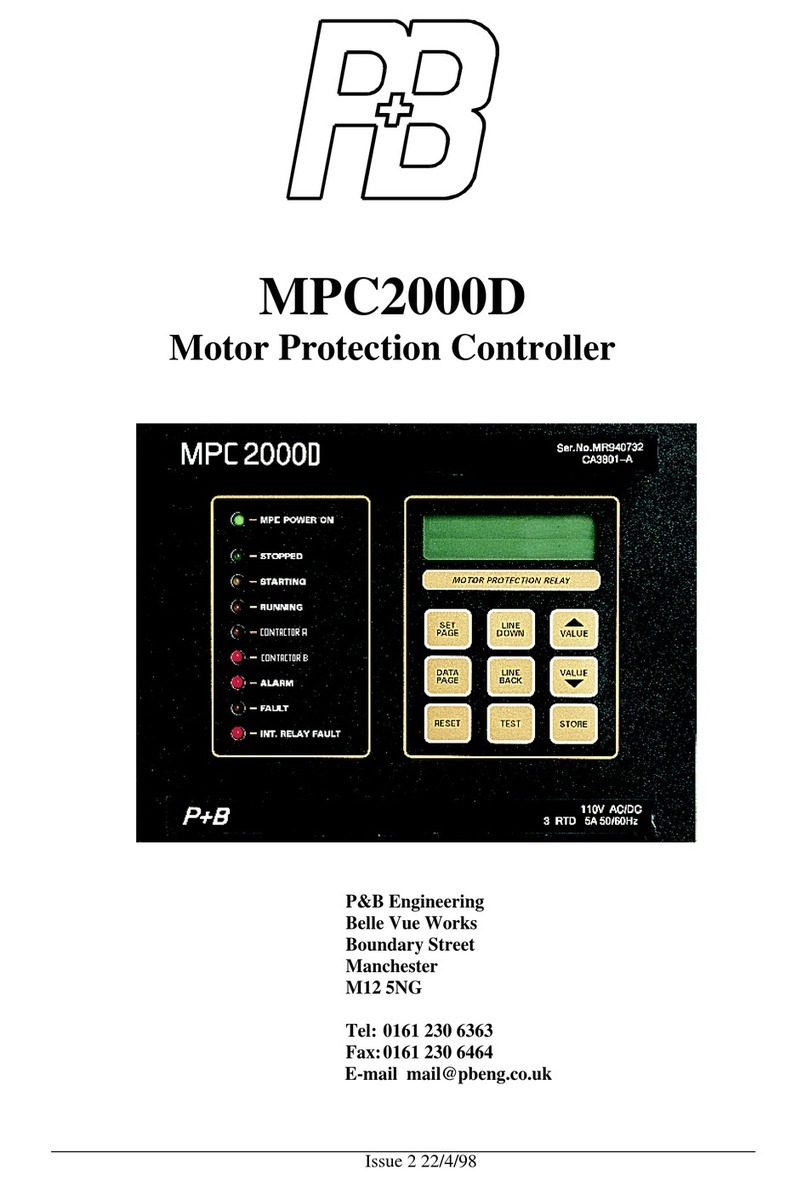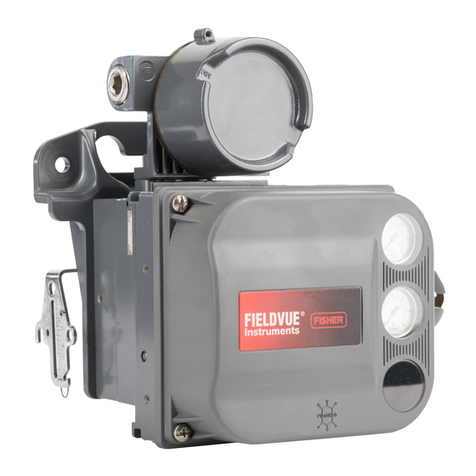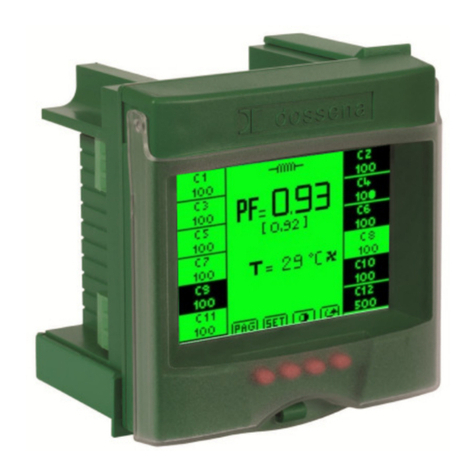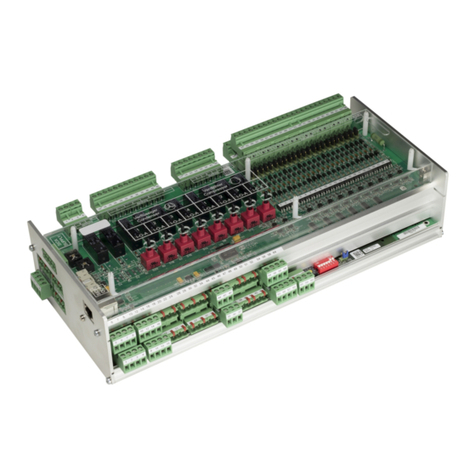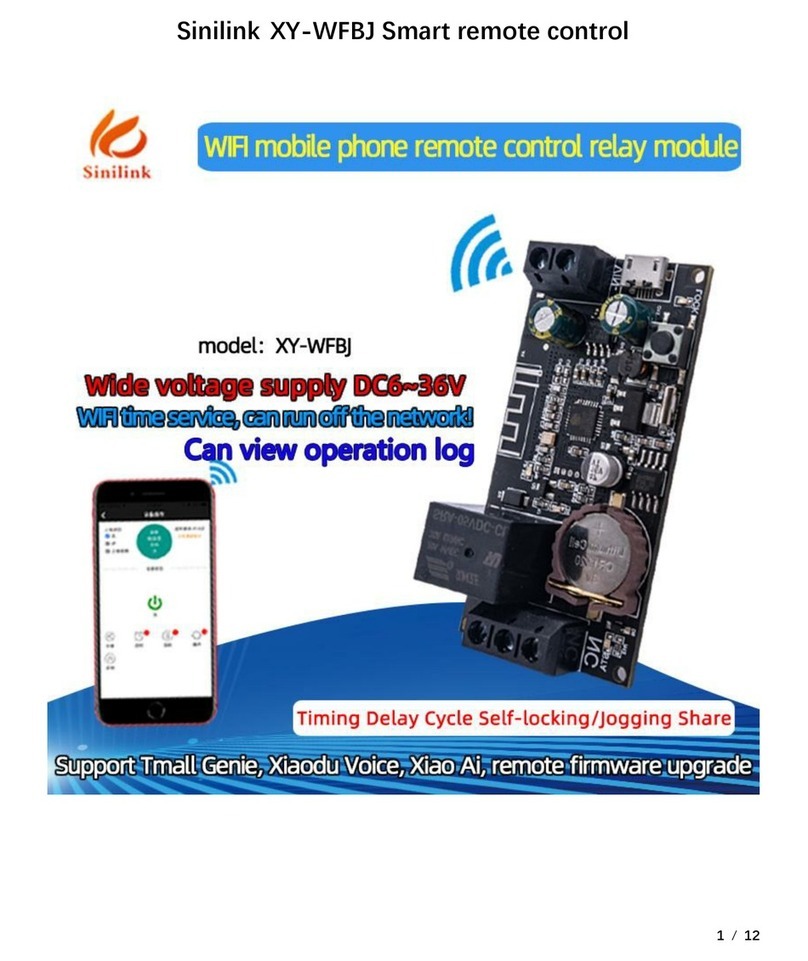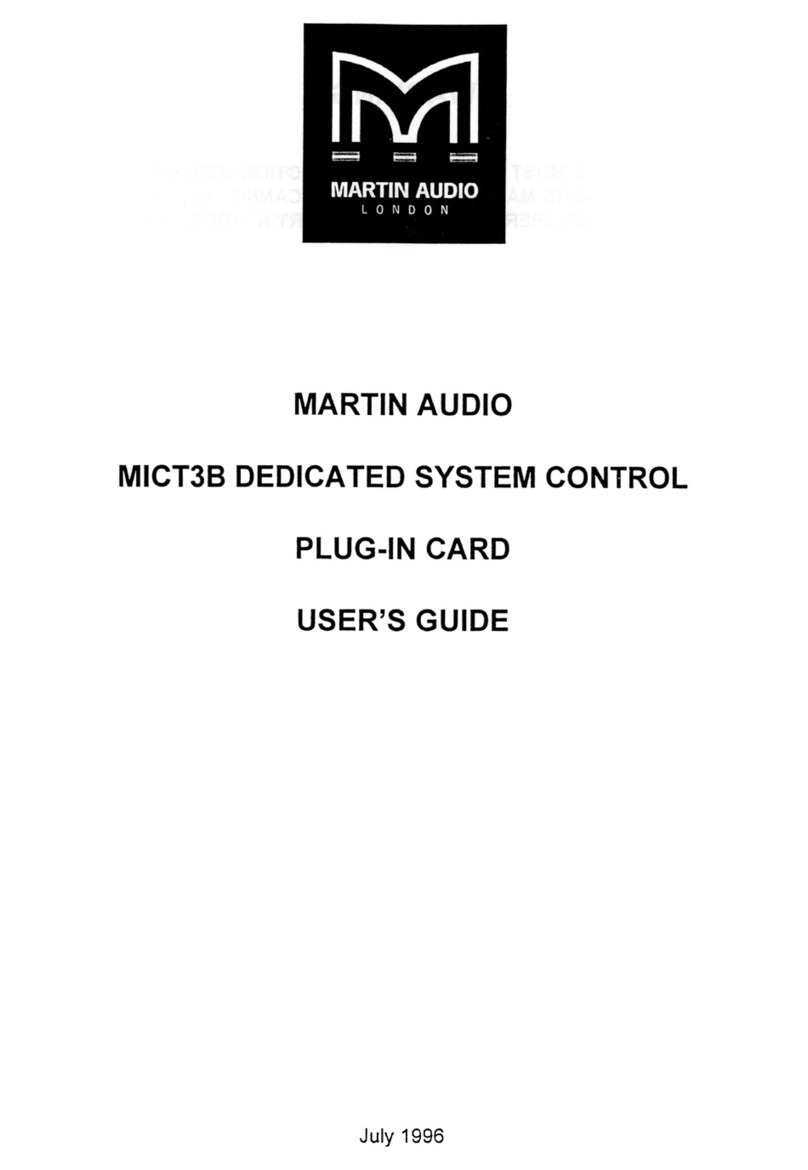Sincro BL4-U User manual

1
SINCRO® is a brand of Soga Energy Team ITALY | sogaenergyteam.com | info.sincro@sogaenergyteam.com
REV01 07/2019

2
INDEX
GENERAL FEATURES _ _ _ _ _ _ _ _ _ _ _ _ _ _ _
ELECTRICAL SPECIFICATIONS_ _ _ _ _ _ _ _ _ _
ADJUSTMENTS_ _ _ _ _ _ _ _ _ _ _ _ _ _ _ _ _ _ _
CONNECTIONS_ _ _ _ _ _ _ _ _ _ _ _ _ _ _ _ _ _ _
STARTING UP_ _ _ _ _ _ _ _ _ _ _ _ _ _ _ _ _ _ _
MAINTENANCE AND TROUBLE-SHOOTING _ _ _
DIMENSIONS _ _ _ _ _ _ _ _ _ _ _ _ _ _ _ _ _ _ _ _
page 3
page 4
page 5
page 7
page 9
page 10
page 11

3
GENERAL FEATURES
SINCRO BL4-U is a half-wave phase-controlled thyristor type Automatic Voltage Regulator (AVR)
and is part of the alternator excitation system.
In addition to the regulation of the alternator voltage, BL4-U circuitry includes under-speed
protection features. Excitation power is derived directly from the alternator terminals.
Positive voltage build up from residual levels is ensured by the use of efficient semiconductors in
the power circuitry of AVR BL4-U.
AVR BL4-U is connected with the main stator windings and the exciter field windings to provide
closed loop control of the output voltage.
In addition to being powered from the main stator, AVR BL4-U also derives a sample voltage from
the output windings for voltage control purposes. In response to this sample voltage, AVR BL4-U
controls the power fed to the exciter field, and hence the main field, to maintain the machine output
voltage within the specified limits, compensating for load, speed, temperature and power factor of
the alternator.
A frequency measuring circuit continually monitors the alternator output and provides output under-
speed protection of the excitation system, by reducing the output voltage proportionally with speed
below a pre-settable threshold. A manual adjustment is provided for factory setting of the under
frequency roll off point, (UF). This can easily be changed to 50 or 60 Hz with two dip switches.
Provision is made for the connection of a remote voltage potentiometer, allowing the user fine
control of the alternator's output.

4
ELECTRICAL SPECIFICATIONS
BL4-U AVR includes:
- A terminal strip (10 terminals)
- A voltage trimmer
- A stability trimmer
- An under frequency trimmer
- A frequency selection DIP switches
- Electric protection with fuse.
The electronic is sealed with resin (it is a perfect protection against vibrations and humidity).

5
ADJUSTMENTS
Adjusting elements of AVR BL4-U are described as the figure below.
FREQUENCY SELECTION
The frequency selection is done using two DIP-Switches. Set both switches to “ON” for 50 Hz, to
“OFF” for 60 Hz.
VOLTAGE ADJUSTMENT
The alternator output voltage is set at the factory, but it can be altered by adjustment of the V
potentiometer on the AVR BL4-U board, or by the external hand potentiometer.
External hand potentiometer (5 kohm/0.5 W) has to be fitted at the terminals Ext and Pot instead of
shorting link.
If no hand potentiometer is required terminals Ext and Pot will be fitted with a shorting link.
STABILITY ADJUSTMENT
The AVR BL4-U includes stability or damping circuit to provide good steady state and transient
performance of the alternator.
The correct setting can be found by running the alternator at no load and slowly turning the stability
ST clockwise until the alternator voltage starts to become unstable.
The optimum or critically damped position is slightly anti-clockwise from this point (i.e. where the
machine volts are stable but close to the unstable region).
Elements for adjustment on AVR BL4-U pcb

6
UNDER FREQUENCY KNEE ADJUSTMENT
AVR BL4-U incorporates an underspeed protection circuit (UF) which gives a volts/Hz characteristic
when the alternator speed falls below a presettable threshold known as the "knee" point.
The UF knee adjustment is preset at factory at the 47Hz on a 50Hz system or 57Hz on a 60Hz
system. Selection of 50 / 60Hz can be made using the DIP-Switches.
The figures below show the curves for voltage variation as a function of frequency variation.
For nominal frequency operation, UF is disabled. When rotation decreases (e.g. when shutting
down), excitation decreases, reducing the output voltage of the alternator.
The pre-set "knee" point can be altered, by UF trimmer, according to the needs of each application.
Under frequency “knee”: a) 50 Hz system, b) 60 Hz system
PROTECTION FUSE
The fuse is used to limit the input supply current in order to protect the alternator field.
The fuse must be: Fast action, 5x20 mm, 3,15A/250V.
TRIMMERS
Trimmer functions:
V = Voltage adjustments;
ST = Stability adjustments;
UF = UF “knee” adjustments.
Trimmer adjustments:
V = Turning clockwise, increases voltage;
ST = Turning clockwise, speeds up response;
UF = Turning clockwise, increases the UF protection limit.

7
CONNECTION
CONNECTION DIAGRAMS
The figures below show the connection for an alternator with a nominal line voltage of 1Ph 230 Vac
and 3Ph 400Vac. The sensing will be accomplished using the line voltage at input contacts named
400, 230, 115 and 0.
AVR BL4-U Connection diagram: 3Ph - sensing 400 V
AVR BL4-U Connection diagram: 1Ph - sensing 230V

8
CONNECTION TERMINALS
Sensing voltage:
400, 0 = 400 Vac
230, 0 = 230 Vac
115, 0 = 115 Vac
Supply voltage:
AuxL, AuxN
Alternator field:
+Ex, -Ex
External adjustment potentiometer:
Ext, Pot
CONNECTION DIAGRAMS WITHOUT AUXILIARY WINDING
The figure below shows the connection for an 12-wires alternator without the auxiliary winding.
The nominal line voltage is 400Vac. The sensing will be accomplished using the line voltage at input
contacts. See the figure below.
The power supply is 230V. For the machine 3Ph 400V connect the line U and the neutral N to the
terminals AuxL and AuxN.
AVR BL4-U Connection diagrams without auxiliary winding: 3Ph - sensing 400 V

9
STARTING UP
If a replacement AVR has been fitted, or the re-setting of the voltage adjustment is required, please
proceed as follows:
1. Connect the wires coming from the alternator according to the description in the
CONNECTION DIAGRAM and the type of alternator to be used.
2. Check that the DIP switches and the connections are consistent with the characteristics of
the machine (voltage, frequency, remote control)
3. Before running alternator, turn the volts trimmer “V” anti-clockwise
4. Turn stability trimmer “ST” to midway position
5. Start alternator set, and run on no load at nominal frequency e.g. 50-53 Hz or 60-63 Hz
6. Carefully turn volts trimmer “V” (or external pot, if fitted) clockwise until rated voltage is
reached
7. If instability ispresent at rated voltage, refer to stabilityadjustment, and then re-adjust voltage
if necessary

10
SINCRO® is a brand of Soga Energy Team ITALY | sogaenergyteam.com | info.sincro@sogaenergyteam.com
MAINTENANCE AND TROUBLE-SHOOTING
PREVENTIVE MAINTENANCE
Periodical inspections of the equipment are required to ensure they are clean, dust and moisture
free. It is essential that all terminals and connections are kept free from corrosion.
TROUBLE-SHOOTING
Trouble Possible
causes Solutions
NO OUTPUT VOLTAGE
-
Demagnetized machine
-
Wrong connection of the AVR
-
Loose terminals/connections
-
External potentiometer terminals
(Ext, Pot) not short circuited or
potentiometer is open (if present)
-
Burnt fuse
-
Faulty AVR
-
Connect (for a while) an external
battery (12Vdc) to the exciter
(respecting the polarities)
-
Check as per wiring diagram
-
Check if all terminals/connections are
well tightened
-
Short circuit (Ext, Pot) or change
external potentiometer (if present)
-
Check and replace
-
Replace the AVR
LOW OUTPUT VOLTAGE
-
Voltage potentiometer wrongly
adjusted
-
Sensing wrongly connected
-
Dip-switch wrongly positioned
-
Low frequency (under the UF limit)
-
Under-Frequency protection is not
properly adjusted
-
Faulty AVR
-
Check and adjust
-
Check the sensing connections
-
Check and fix
-
Increase the engine speed
-
Check and adjust
-
Replace the AVR
HIGH OUTPUT VOLTAGE
-
Voltage potentiometer wrongly
adjusted
-
Sensing wrongly connected
-
Dip-switch wrongly positioned
-
Missing sensing
-
Faulty AVR
-
Check and adjust
-
Check the sensing connections
-
Check and fix
-
Check if sensing is interrupted
-
Replace the AVR
UNSTABLE VOLTAGE
-
Stability response incorrectly
adjusted
-
Unstable engine speed
-
Loose terminals/connections
-
Faulty AVR
-
Adjust trimmer “ST”
-
Check the frequency/engine speed
-
Check if all terminals/connections
are well tightened
-
Replace the AVR
FUSE BLOWS
CONTINUOUSLY
- UF protection adjusted for a very
low frequency (so the fuse burn during
the turn-off procedure)
- Faulty AVR
-
Adjust UF limit to a value close to
the nominal frequency
-
Replace the AVR

11
SINCRO® is a brand of Soga Energy Team ITALY | sogaenergyteam.com | info.sincro@sogaenergyteam.com
DIMENSIONS

12
SINCRO® is a brand of Soga Energy Team ITALY | sogaenergyteam.com | info.sincro@sogaenergyteam.com
Other manuals for BL4-U
1
Table of contents
Other Sincro Controllers manuals
Popular Controllers manuals by other brands
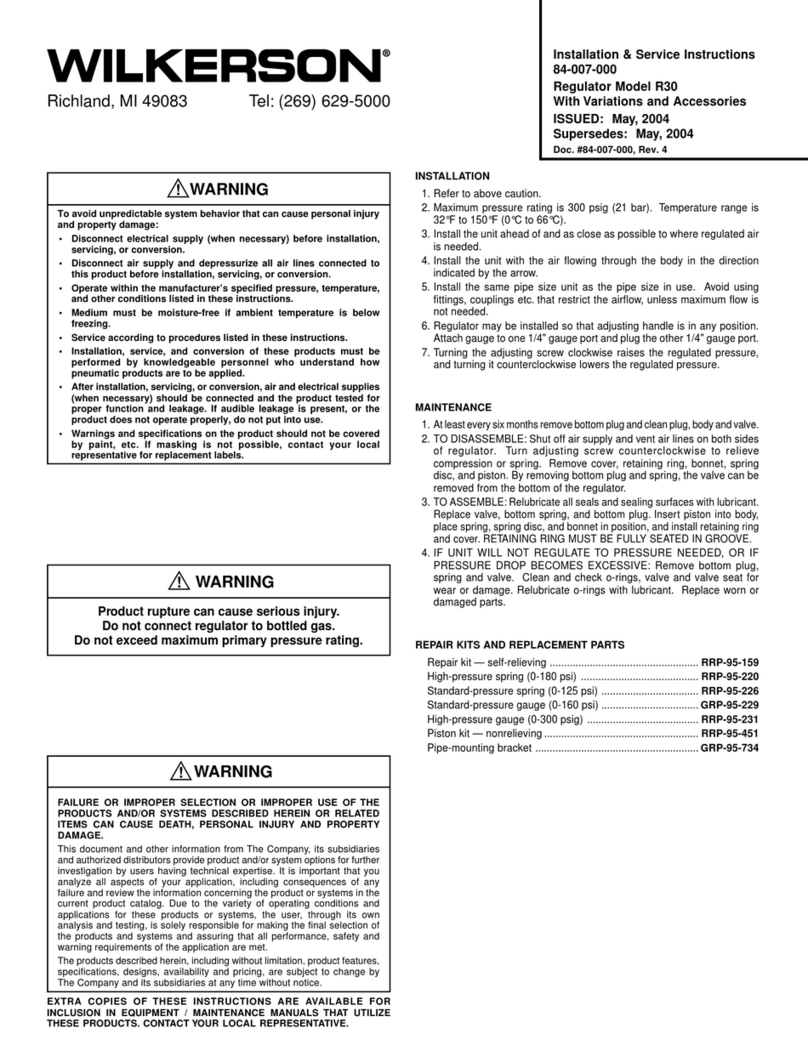
Wilkerson
Wilkerson R30 Series Installation & service instructions
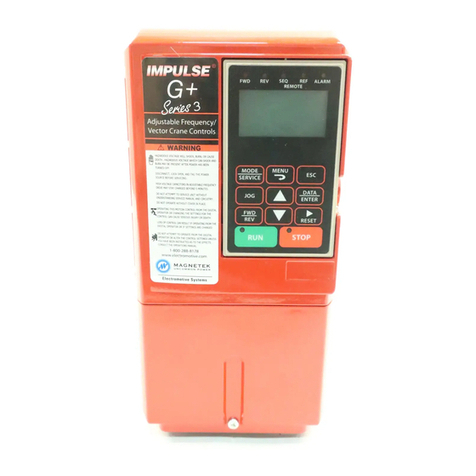
Magnetek
Magnetek IMPULSE G+ Series 3 Product guide
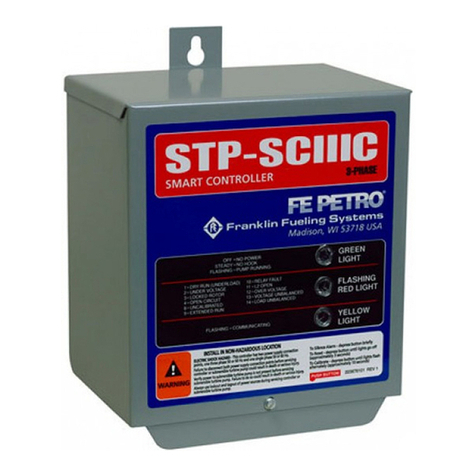
Franklin Fueling Systems
Franklin Fueling Systems STP-SCIIIC installation guide
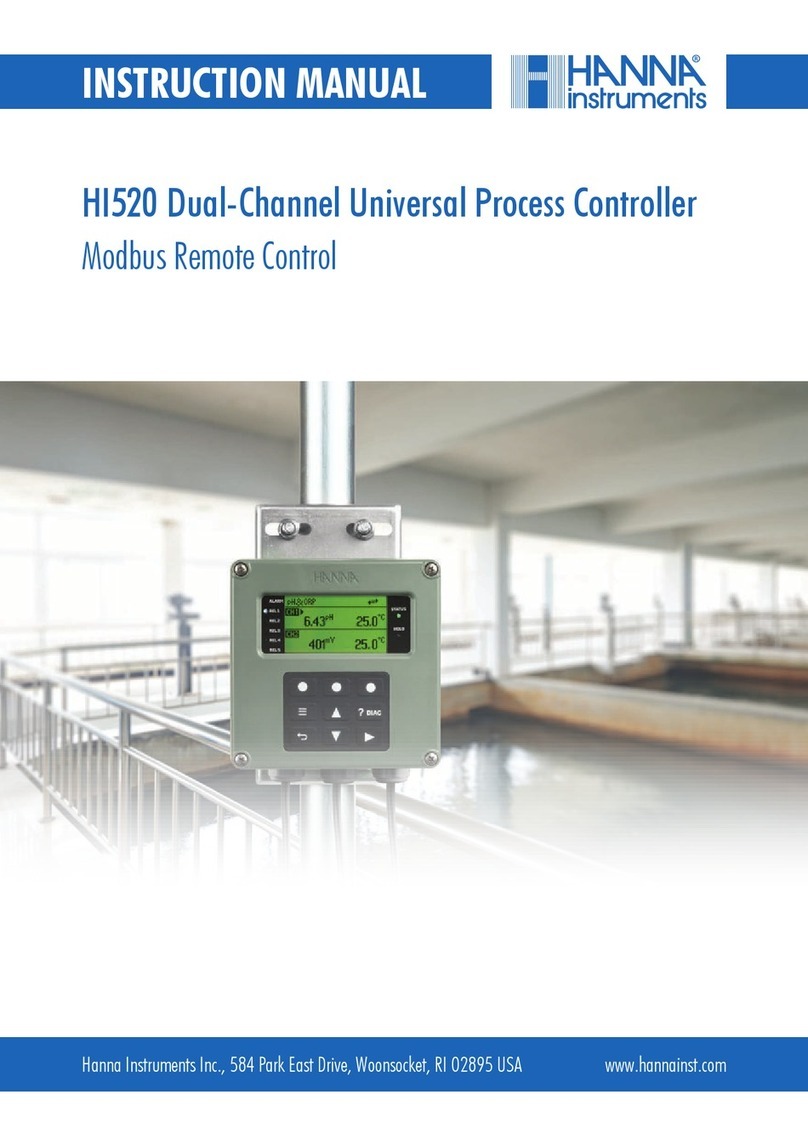
Hanna Instruments
Hanna Instruments HI520 instruction manual
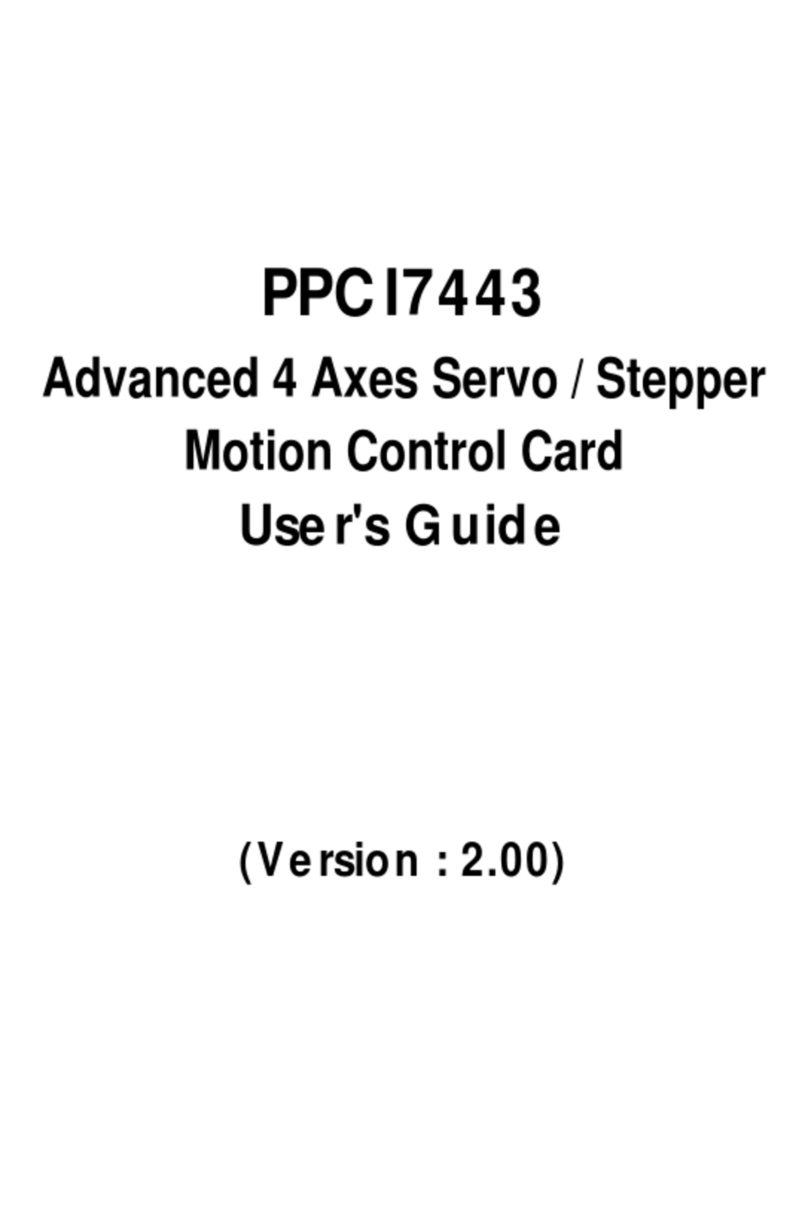
NPM
NPM PPCI7443 user guide

DINUY
DINUY PE K5X 002 instruction manual
